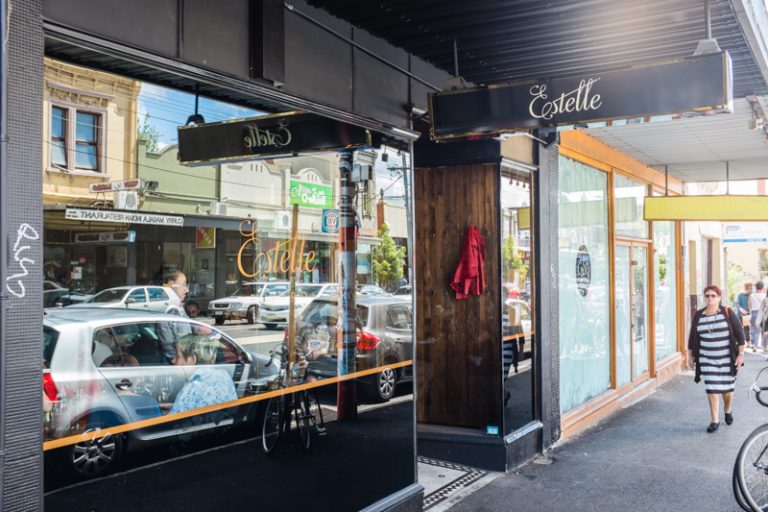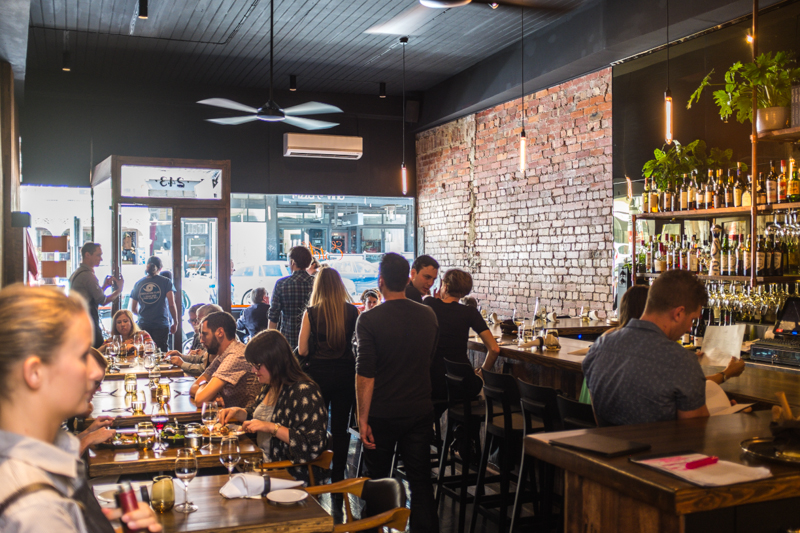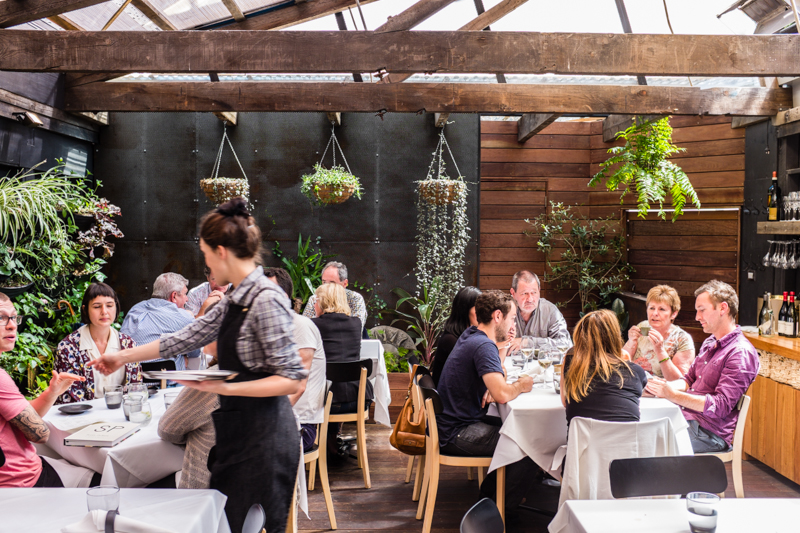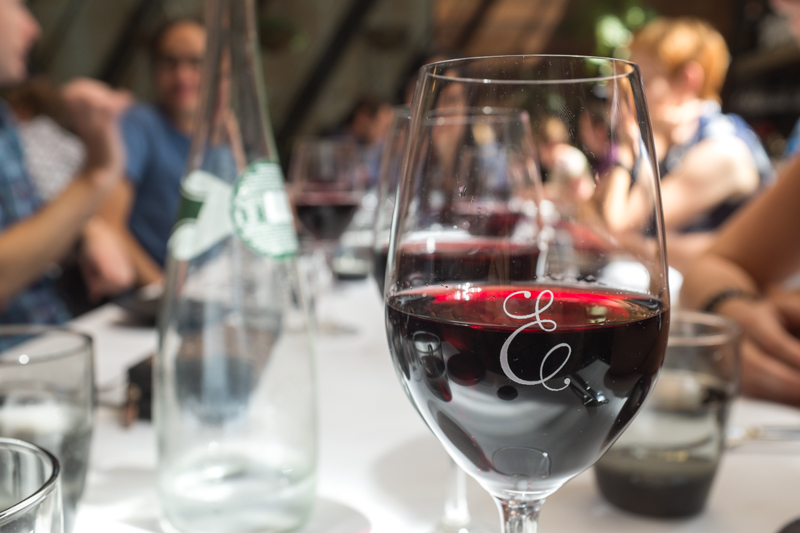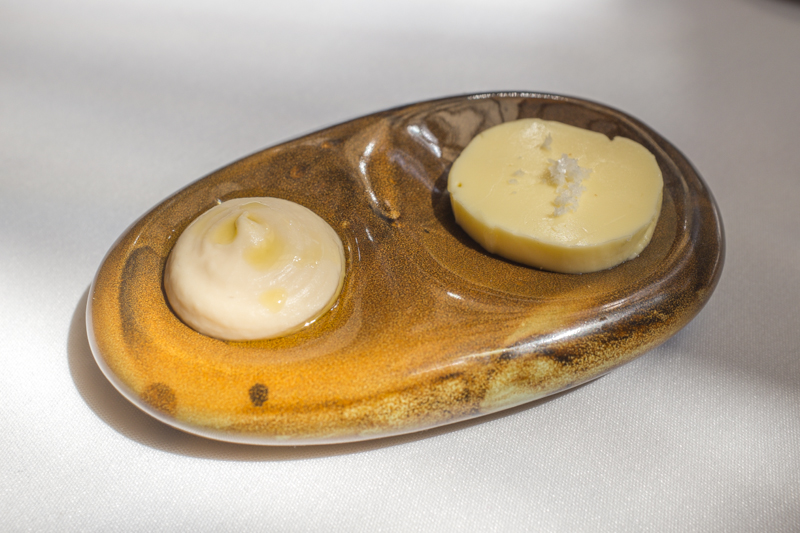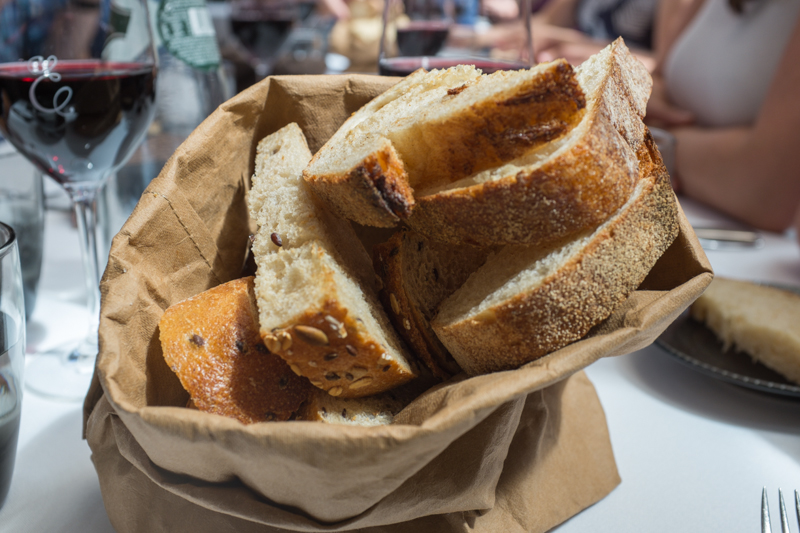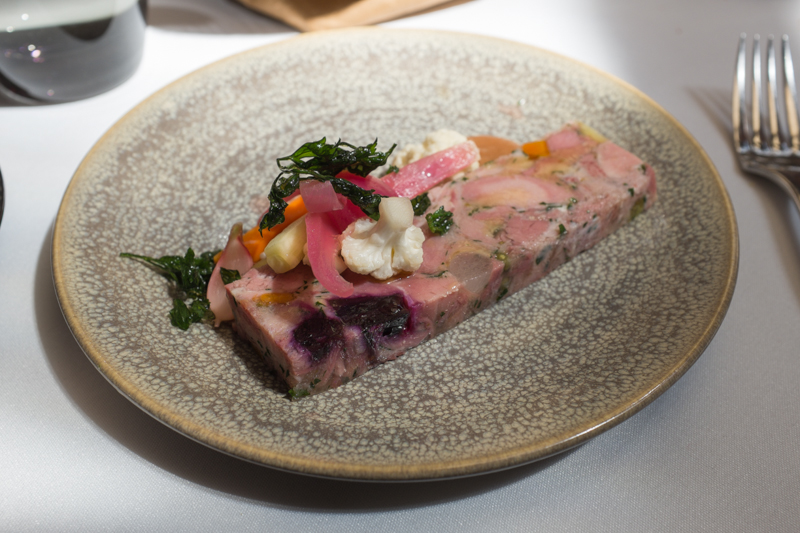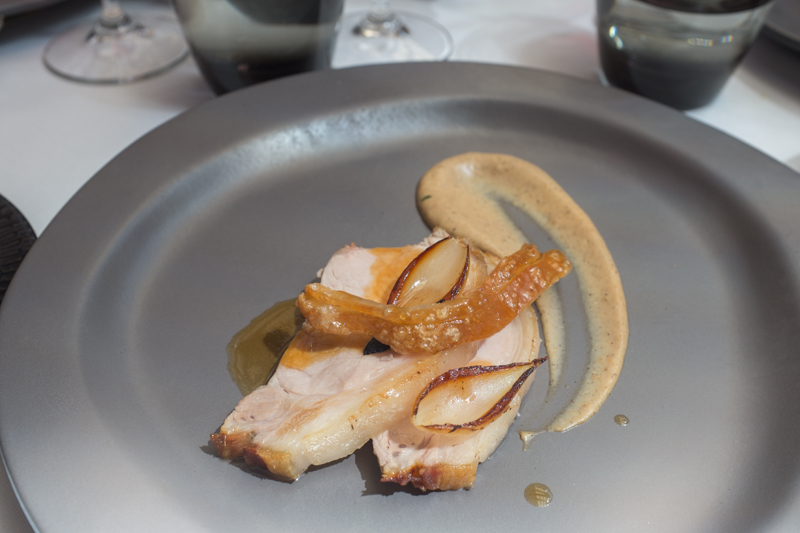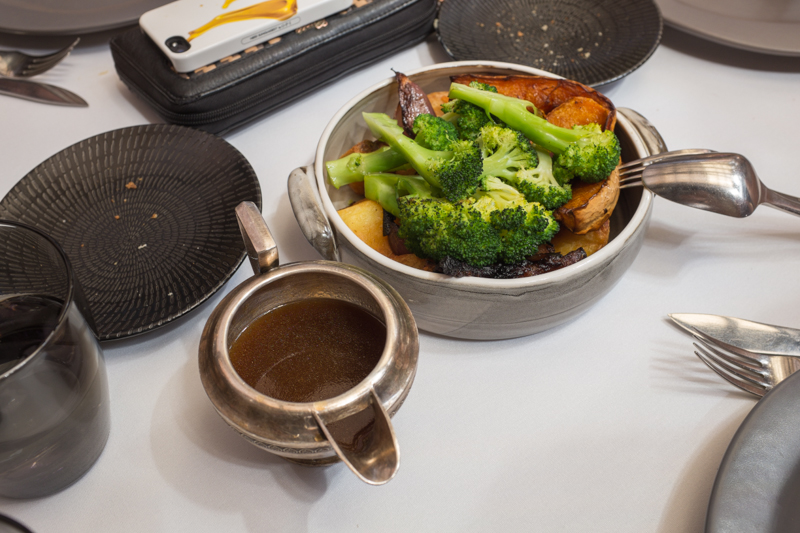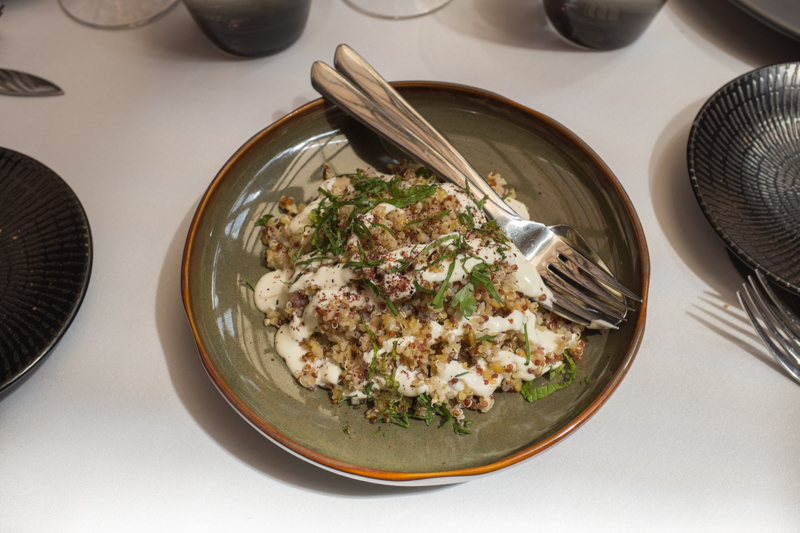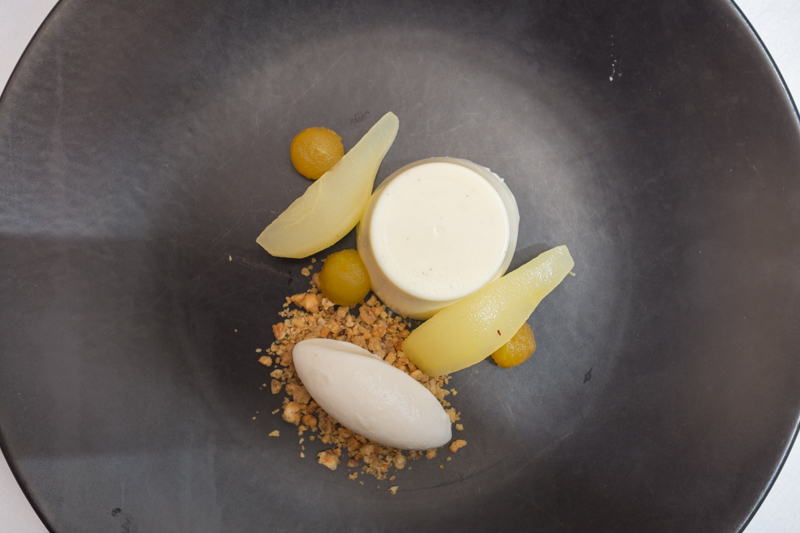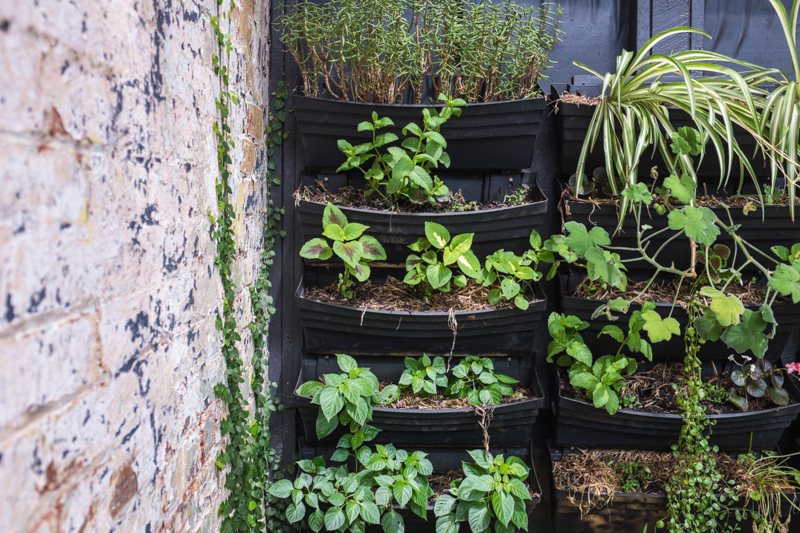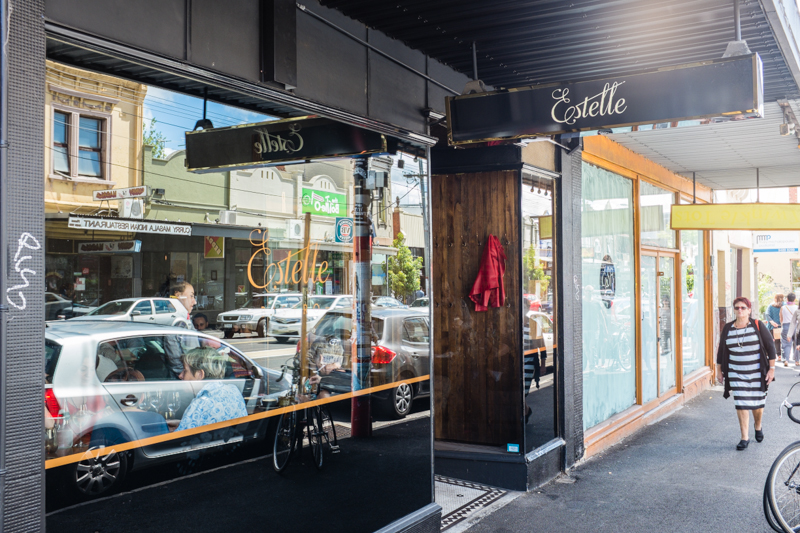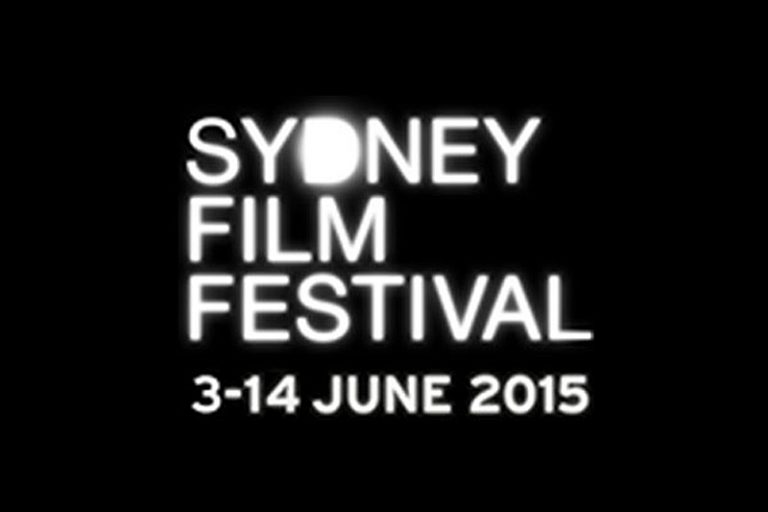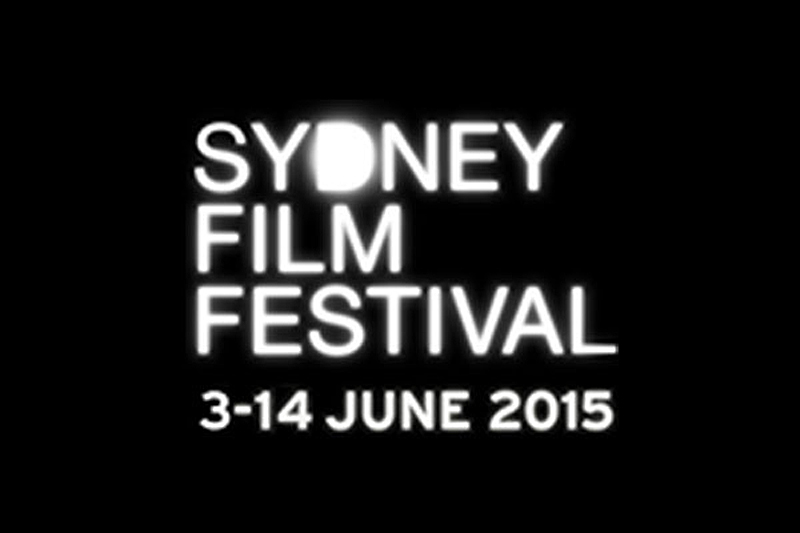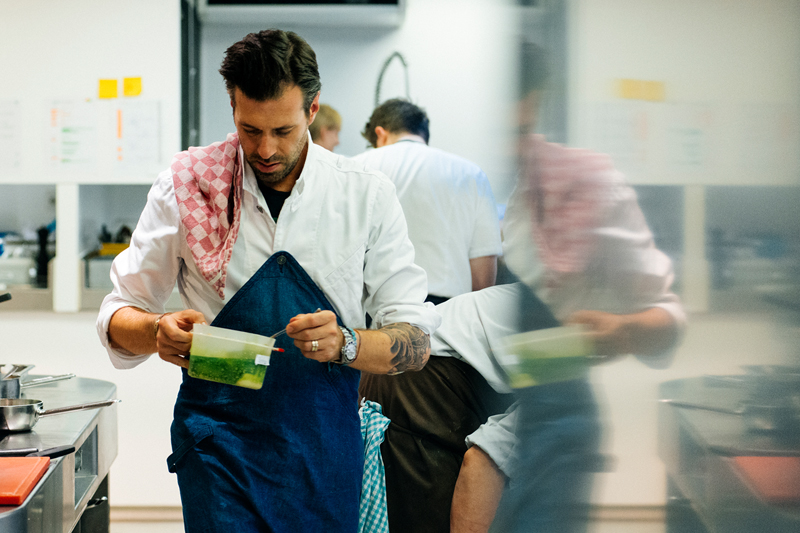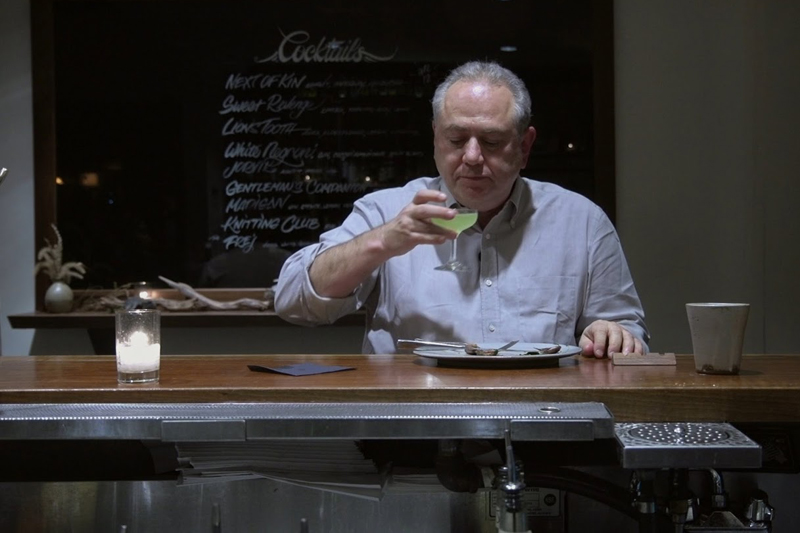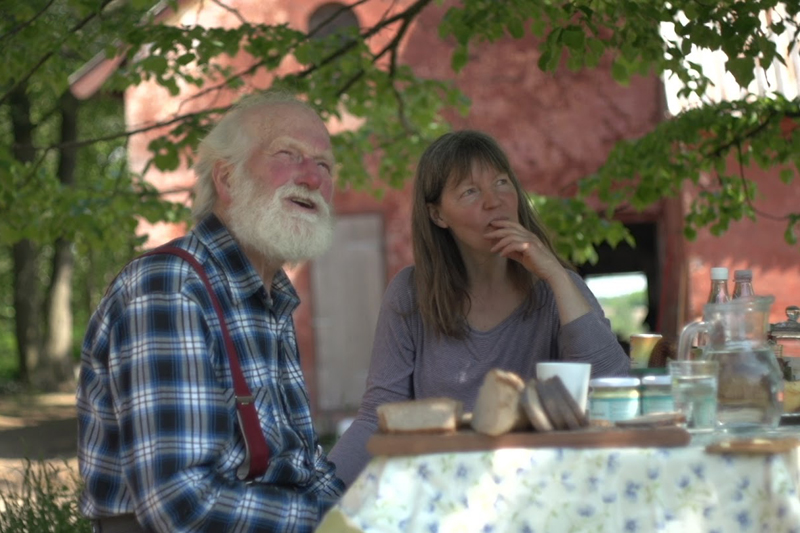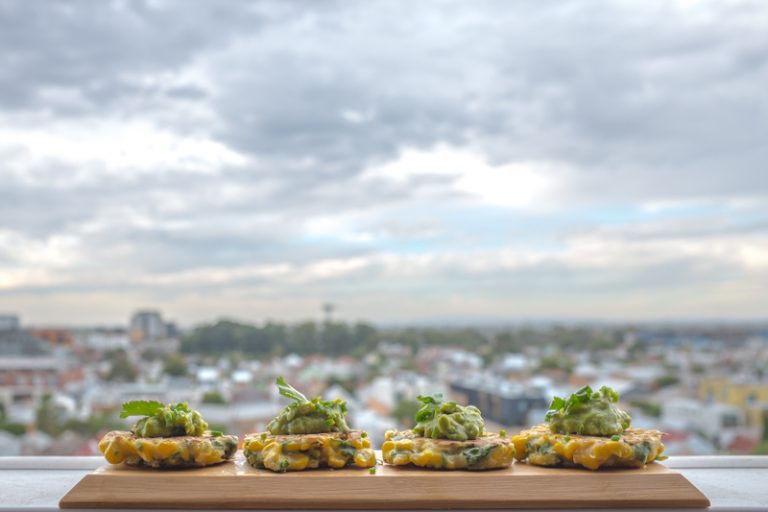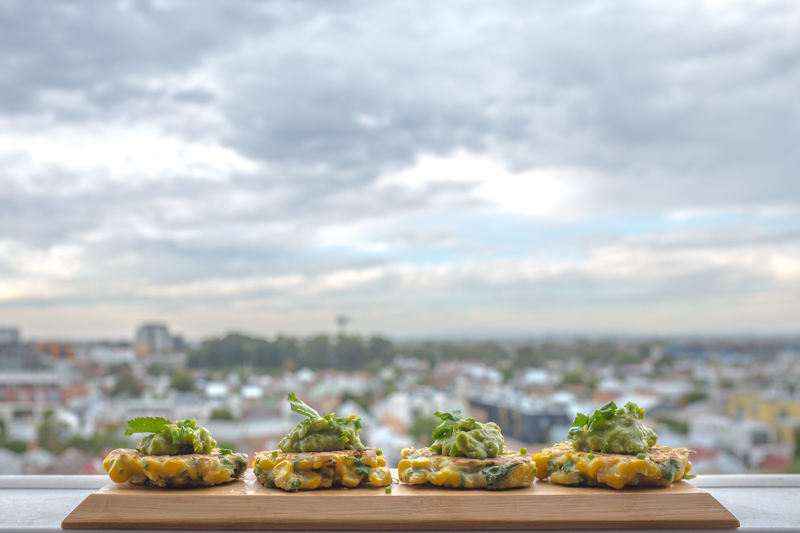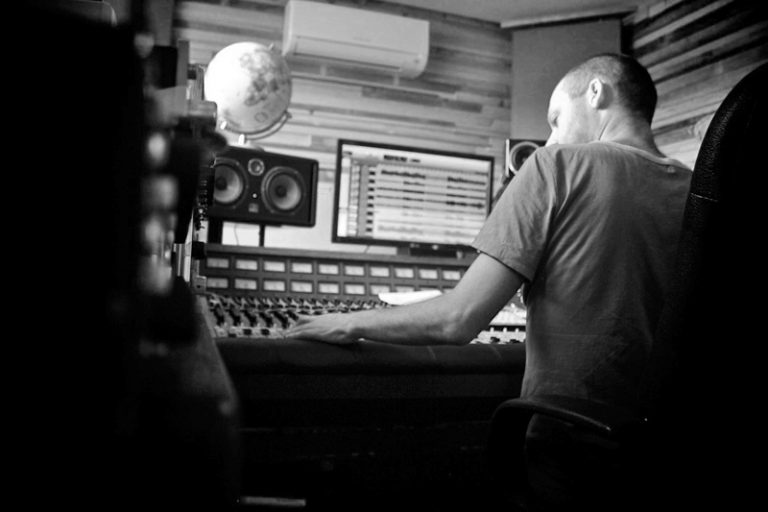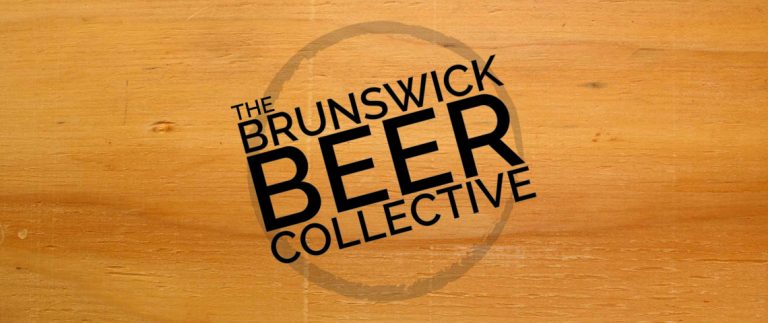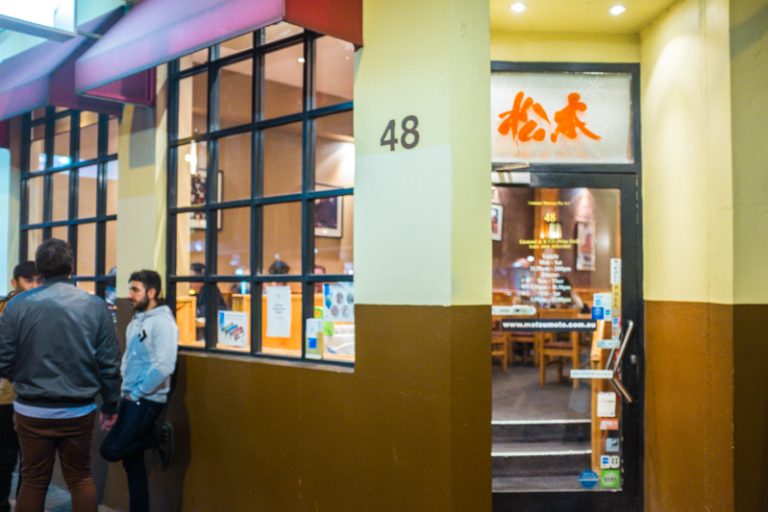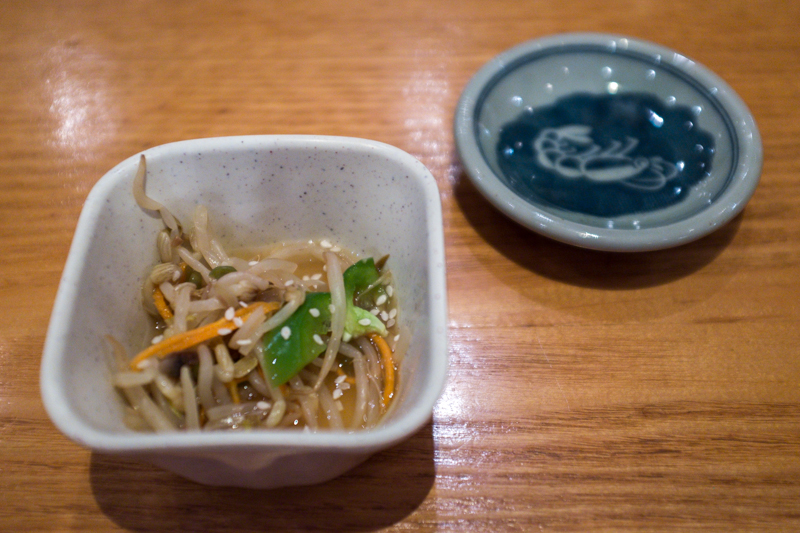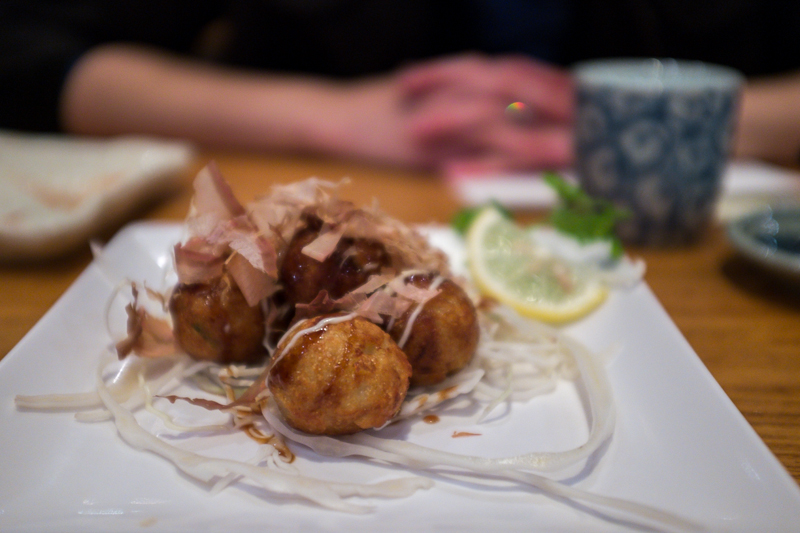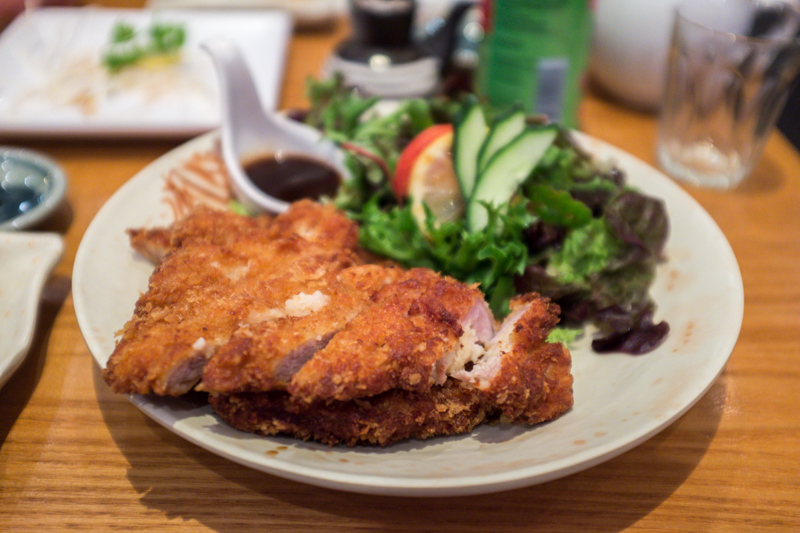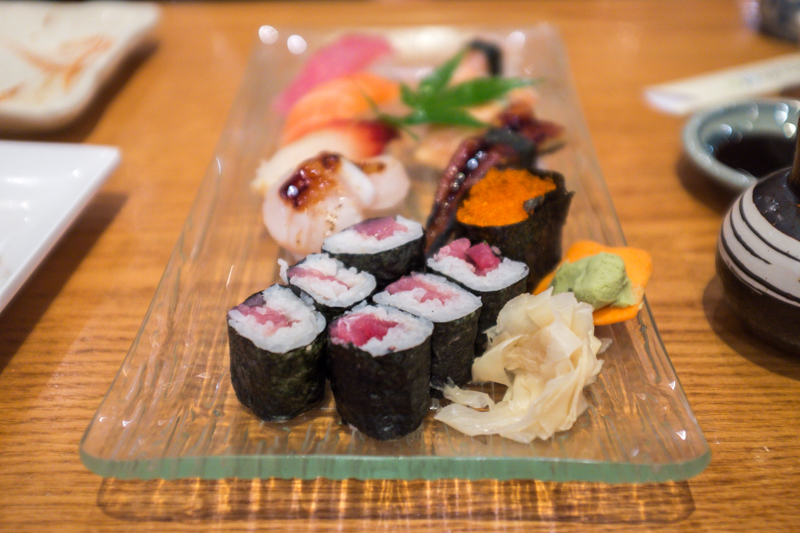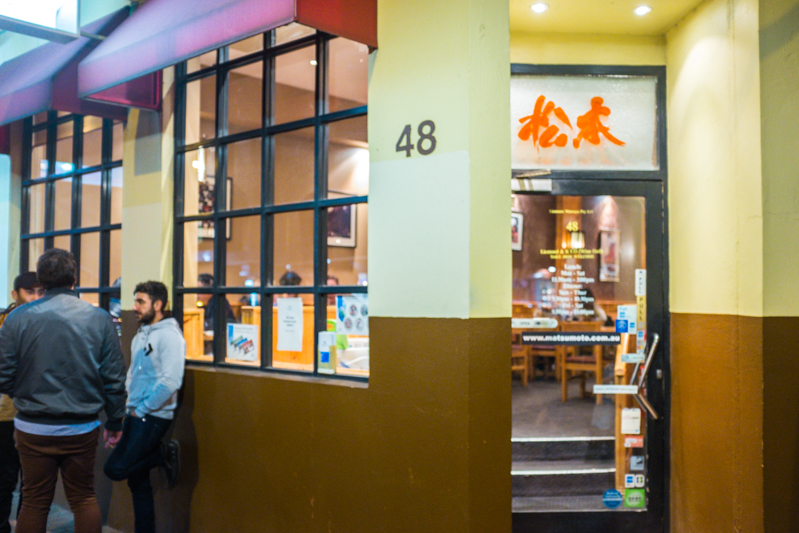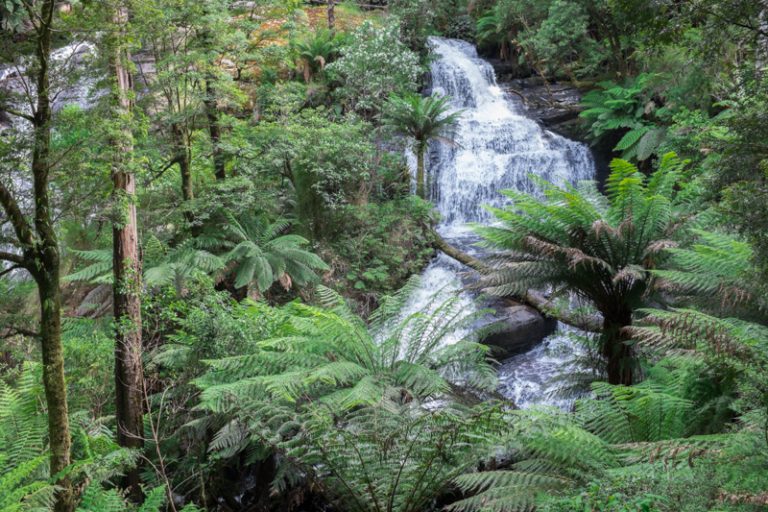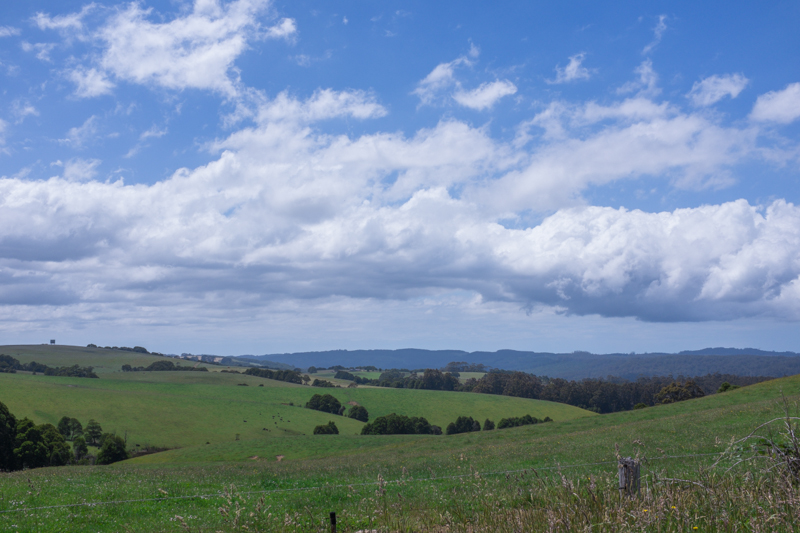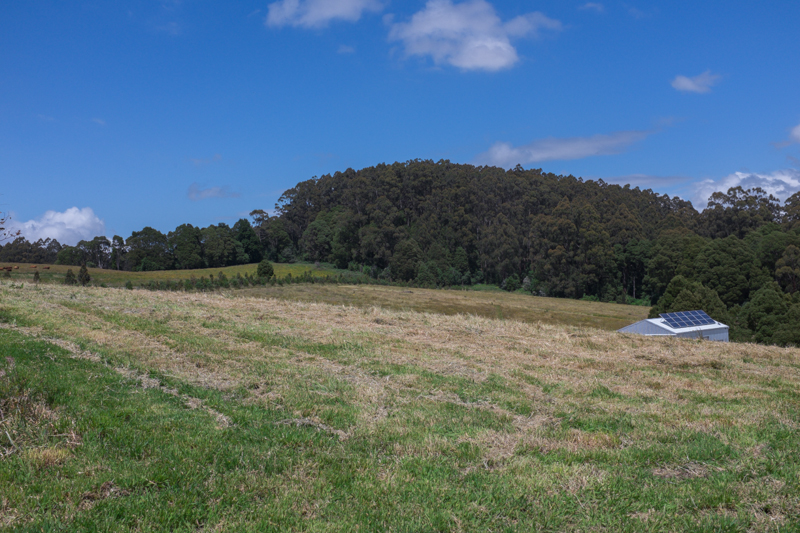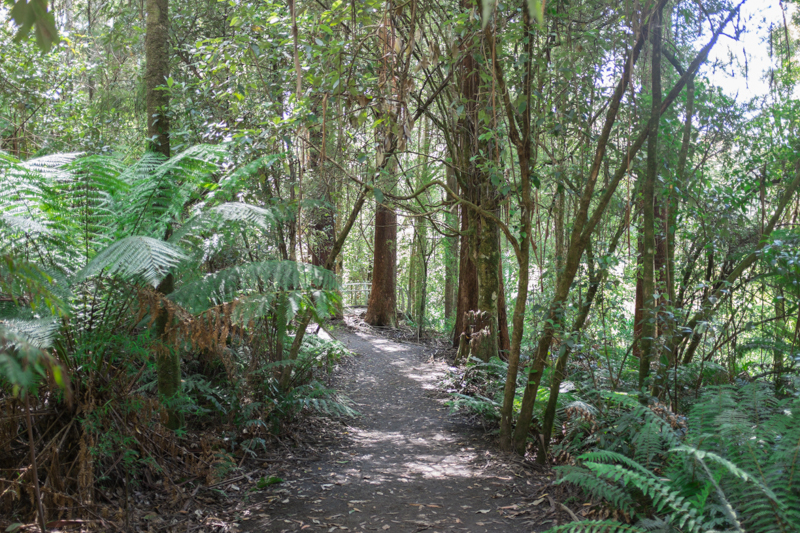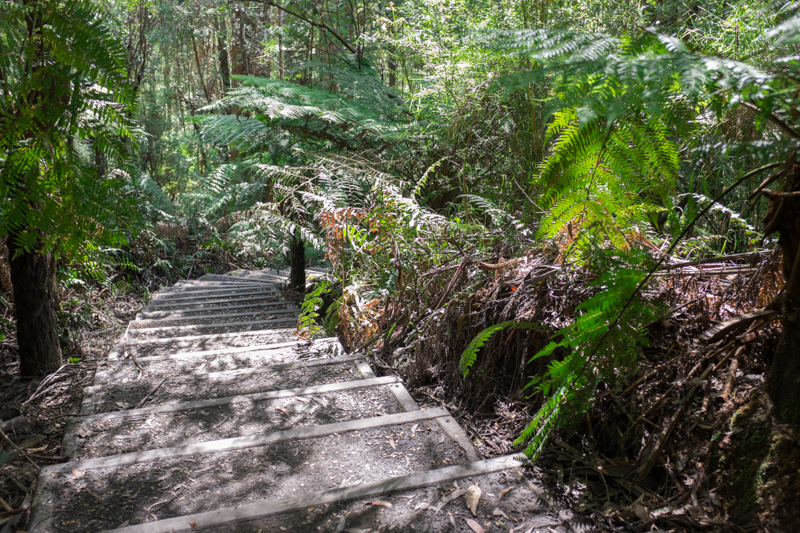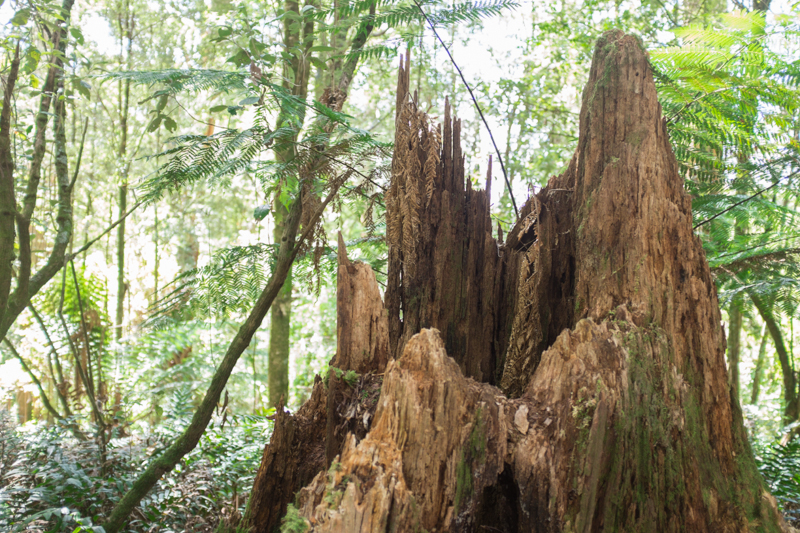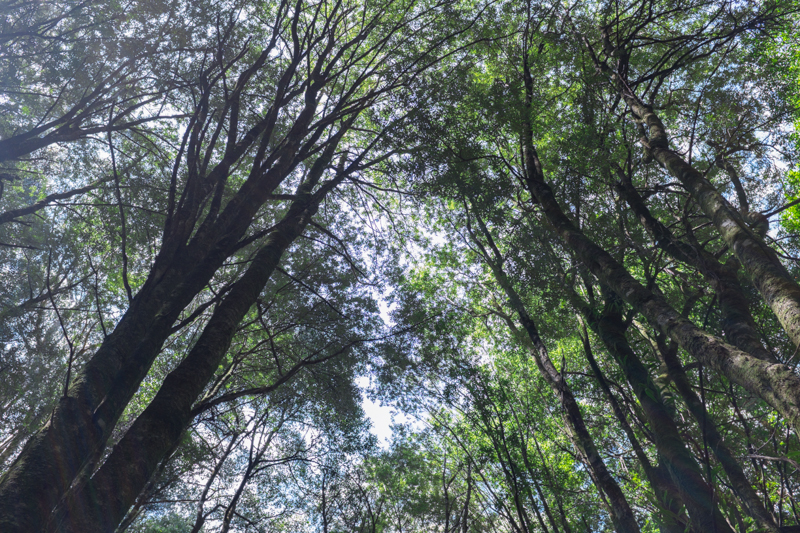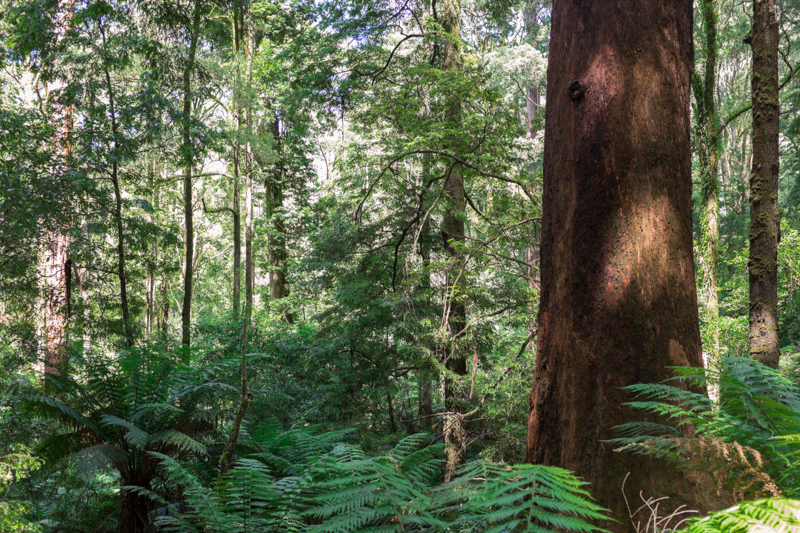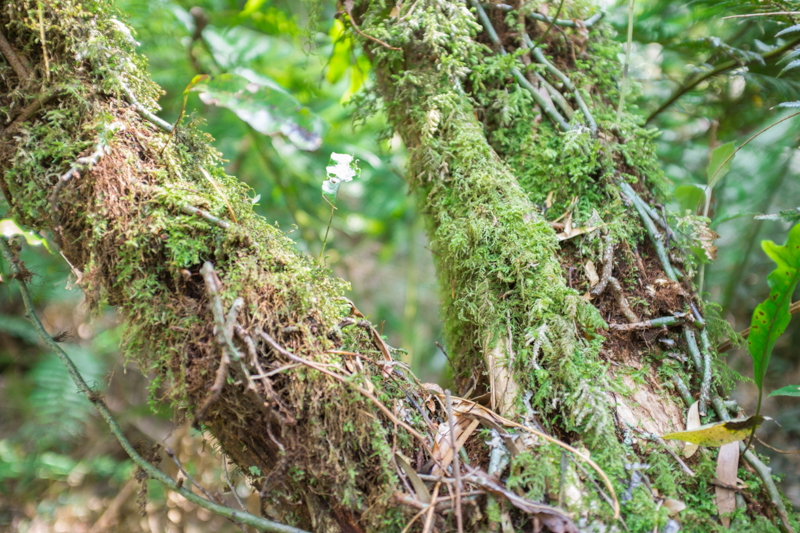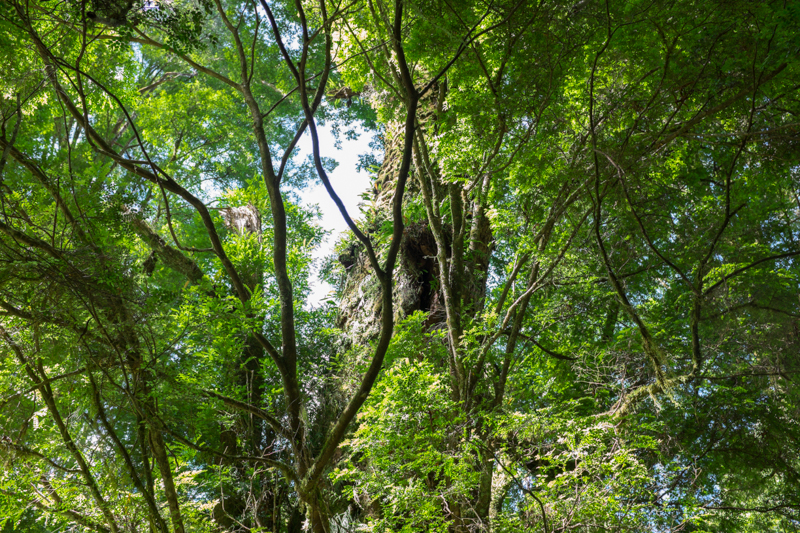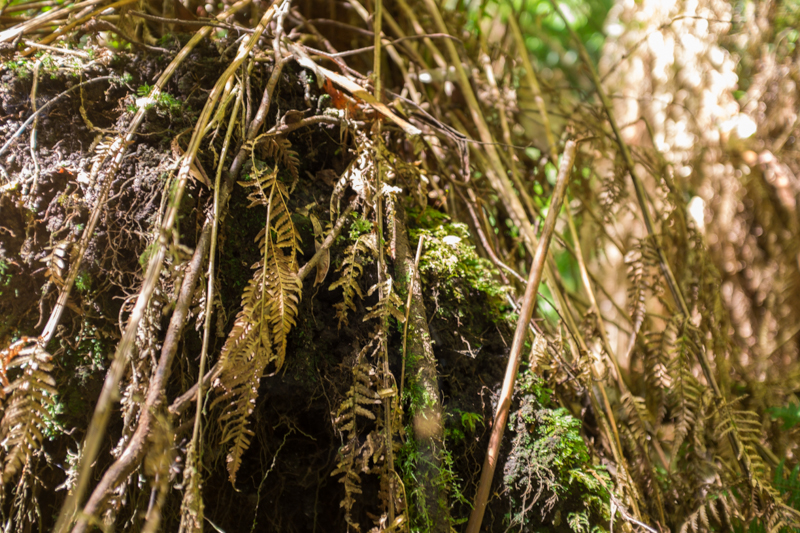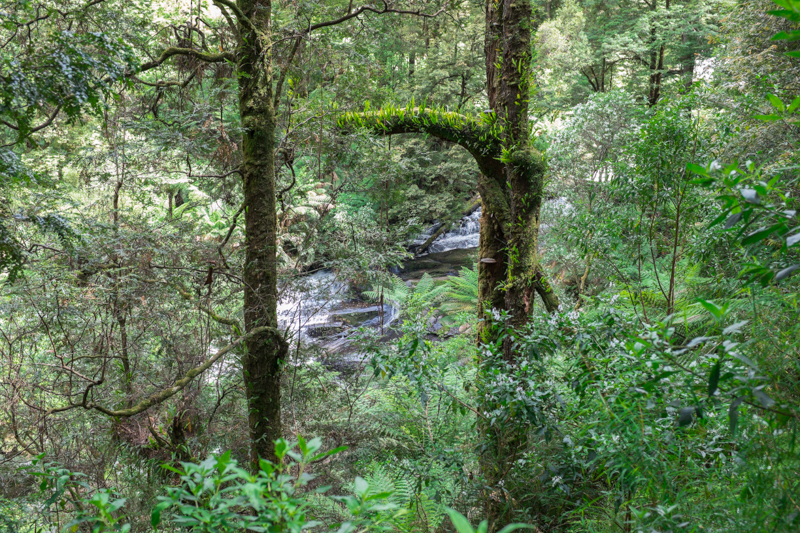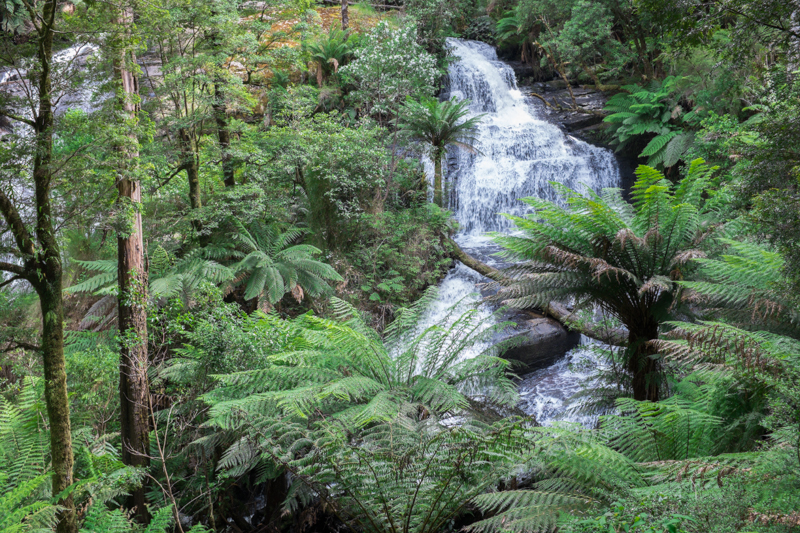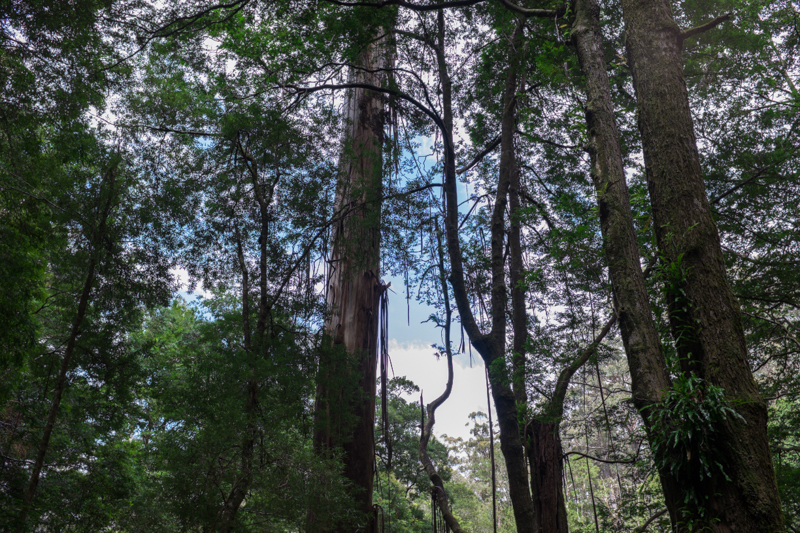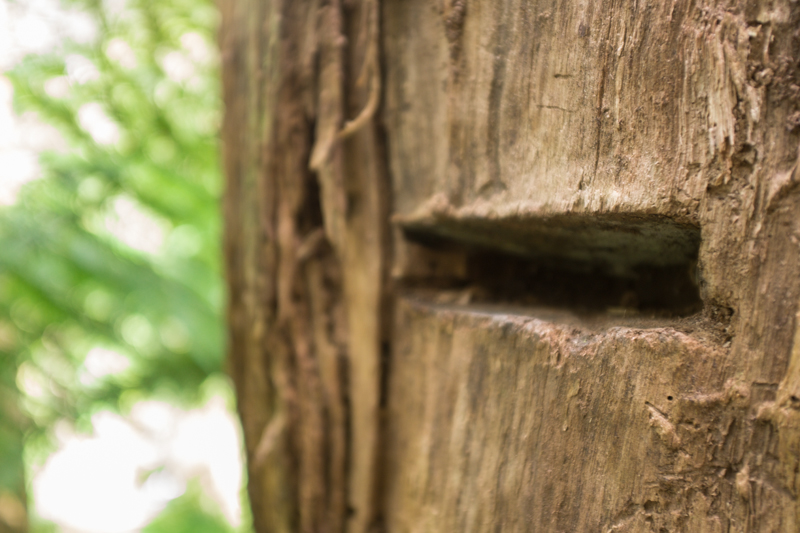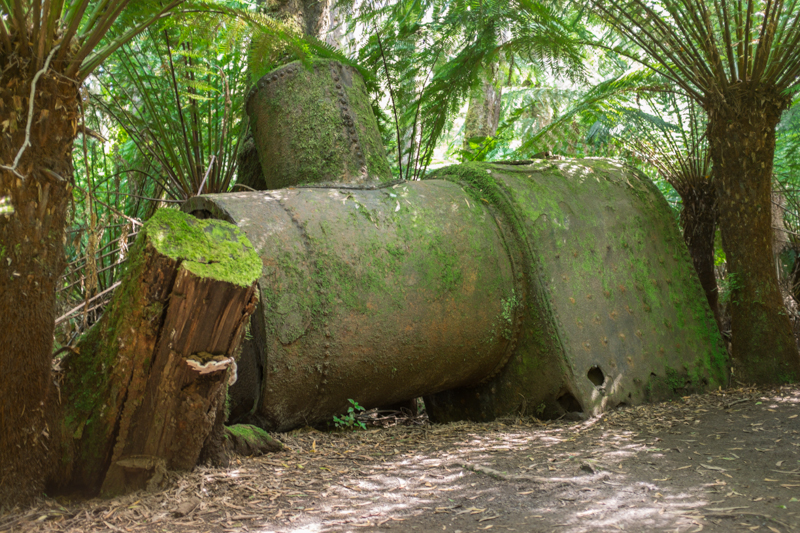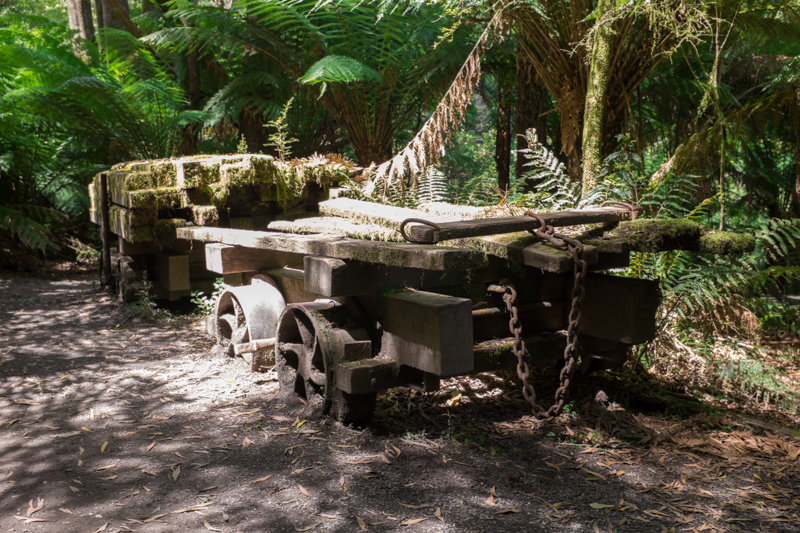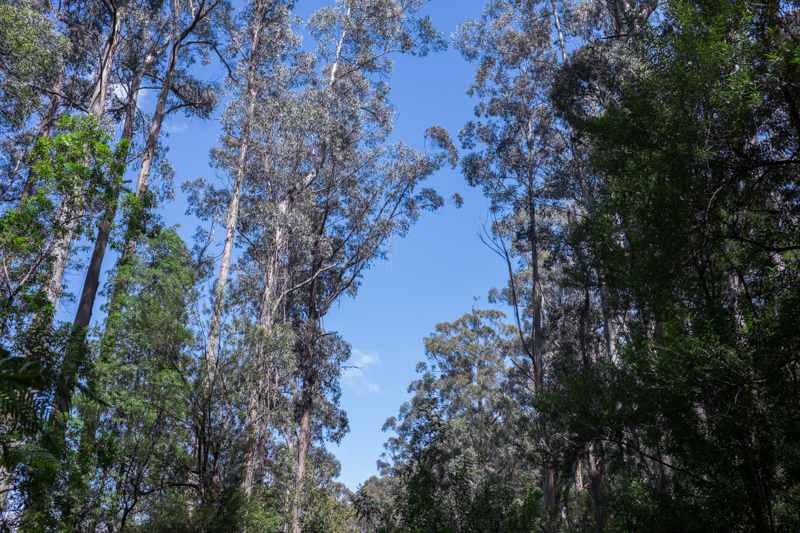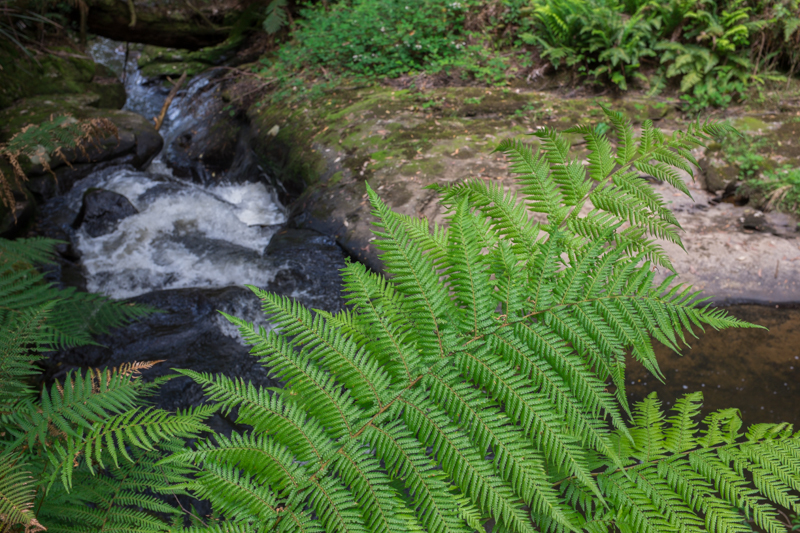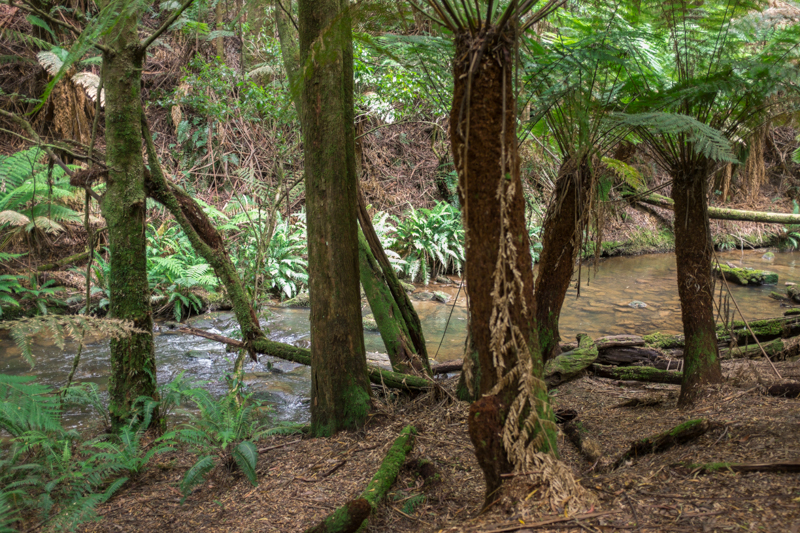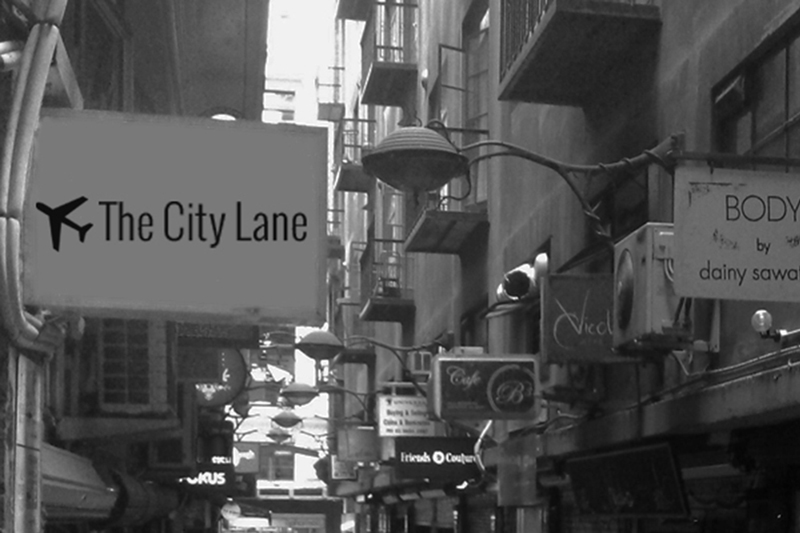
Hi everyone,
If you’ve been following The City Lane for a while you might have noticed some changes in 2015, not the least of which has been the move to daily content and a wider scope of coverage in the world of food, travel and culture.
This has all been a precursor to what is, in many ways, an evolution to something much bigger. This is not the first time The City Lane has evolved, but it’s by far the biggest step that it has taken since launching back in 2009.
A little history
The City Lane all started in 2009 as a place for me to show photos to my family and friends back in Perth as I embarked on a 3-month journey around Europe, prior to moving to London.
In London, if my friends wanted to know where to eat and drink, I had the reputation as their ’go to guy’. I had a similar reputation in Perth as well. After a while I started putting together mini guides for friends each time they asked and I realised, maybe I should write these things down instead.
This realisation, and reputation, triggered the biggest change to The City Lane when after writing a set of guides on New York I noticed a sudden spike in traffic. As it happened somebody had posted a link to the guides on TripAdvisor and quite a few people around the world were looking and commenting on it. It’s the first time it dawned on me that maybe there were people other than my friends and family who were interested in what I had to say.
Fast forward to 2012 and with a move to Melbourne, I slowly realised that while Australia’s distance from the rest of the world limited my travel options, I still wanted to write. After a brief hiatus (you’ll notice there is little from 2012 online) I gave the website a new, sleeker look and started blogging again, this time with more of a food focus.
People liked what I was doing and I found The City Lane grew in popularity as the months went by. By the end of 2013 it had already outgrown the redesign and so in January 2014 I redesigned it again into the website you see today. As The City Lane continued to grow in 2014 I expanded the breadth of content to include recipes and interviews with people involved in food, travel and culture. My wife Lauren also started to get involved and indeed it is her who develops the majority of the recipes you find on the website.
What comes next…
I’m one of those people who is always thinking — my brain never stops. As The City Lane has grown I’ve had so many ideas about things that I could do to expand it, both to allow me to indulge my creative side and also to bring better, more constant content to my readers. I want to do more travel guides; I want to visit more places and find interesting things to write about; I want to go behind the scenes and meet the real people at tourist destinations and the hospitality industry; I want to run awesome food events; I want to let you, my readers, know about great events that are happening.
Of course, this is all good and well, but I also work a full time job with all of the stress and often long hours that go with it. Add to that The City Lane which, by early 2015 essentially became a second full time job for me and you can see that something had to change, but pulling back was not an option. I know what this can be, and I think that what it can be is something pretty excellent. The City Lane is my baby and I want it to be as good as it can be. How to move things forward then? The answer to that is what this post is all about – The City Lane’s biggest evolution since it launched back in 2009.
From today The City Lane is no longer just me, but rather a team of like-minded people who share the same vision about what The City Lane can be. We’ve had several discussions on what that is and you can read a lot about it on our ‘About’ page, but basically we want to bring you content about food, travel and culture that is independent, of the highest quality, and above all else, we want that content to remain entirely unbiased. We want to tell stories that others aren’t telling and we want The City Lane to continue to be a name that people know they can trust.
Don’t think that this in any way will turn The City Lane into an impersonal website. I am still the editor-in-chief of this publication and every piece of content that appears here or on social media will be reviewed by me to ensure it meets the standards you have grown to trust over the past 6 years.
All of the contributors coming on board have a lot in common with me but they also have their own personalities and quirks, and over the coming months I want to give you the chance to get to know each one. To that end, I’d like to introduce you to The City Lane’s newest contributors.
Thanks for all of your support over the past 6 years and here’s to the next phase of this adventure!
Paul
Paul Kristoff (Editor In Chief)
 Paul founded The City Lane back in 2009 as a place to share photos of his travels around Europe with friends and family. The City Lane might have changed quite a lot since those early days but one thing that’s remained constant is Paul’s passion for food, travel and culture, and a desire to photograph and write about his experiences.
Paul founded The City Lane back in 2009 as a place to share photos of his travels around Europe with friends and family. The City Lane might have changed quite a lot since those early days but one thing that’s remained constant is Paul’s passion for food, travel and culture, and a desire to photograph and write about his experiences.
Paul has a strong inquisitive nature that drives him to look beneath the surface in order to discover what really makes a city and its people tick, and what better way to do this than over a good meal or drink, with a city’s locals, at places that people who live in that city actually frequent. Paul is also a co-host of The Brunswick Beer Collective, a podcast that may or may not actually be about beer.
Lauren Kristoff (Food & Recipes)
 Lauren has travelled extensively, allowing her to experience different cultures around the world. This has feed her desire to travel and try as many cuisines as possible.
Lauren has travelled extensively, allowing her to experience different cultures around the world. This has feed her desire to travel and try as many cuisines as possible.
Lauren’s appreciation for food is grounded in the philosophy that food has a unique way of telling a story about family, friends or struggles. She believes food is a way of preserving culture and the stories of the people behind them. This has inspired her to create recipes and design events that ensure food from different cultures is accessible at home.
Chris Shorten (Contributor, Melbourne)
 Chris is an editor, writer, and occasional novelist who in a former life published online magazines for a living while working out of obscure coffee shops. He has travelled extensively and has eaten and enjoyed exotic delights ranging from instant ‘just add water’ potatoes while on a Russian train to snails and Brie from a tiny Montreal kitchen.
Chris is an editor, writer, and occasional novelist who in a former life published online magazines for a living while working out of obscure coffee shops. He has travelled extensively and has eaten and enjoyed exotic delights ranging from instant ‘just add water’ potatoes while on a Russian train to snails and Brie from a tiny Montreal kitchen.
Chris is a great lover of the experiences around and associated with food and believes the culture of a venue, as quirky or strange as it might be, is just as important as the food it sells. He is also a co-host of The Brunswick Beer Collective, a podcast dedicated to the lighter side of craft beer.
Jeff Chee (Chief Beer Guy)
 Jeff is an actuarial consultant whose almost 15 years in the financial industry have left him deprived of an outlet for his creative side. This said, Jeff’s day job has given him the opportunity to travel abroad regularly where his typically Malaysian “eat anything and everything” mentality means that he structures both his work and leisure time around proximity to new and interesting eating establishments.
Jeff is an actuarial consultant whose almost 15 years in the financial industry have left him deprived of an outlet for his creative side. This said, Jeff’s day job has given him the opportunity to travel abroad regularly where his typically Malaysian “eat anything and everything” mentality means that he structures both his work and leisure time around proximity to new and interesting eating establishments.
Over the course of time Jeff has developed an almost fanatic passion for craft beer, American BBQ and spicy food (his ideal meal involves consuming all three at the same time), all of which he offsets through long distance running which is his preferred method for exploring a new city. Jeff is also a co-host of The Brunswick Beer Collective where he is usually engaged in an off-topic extended monologue rather than talking about the beer in hand.
Royce Alido (Contributor, Melbourne)
 Royce is a man of many creative talents. He’s a shoemaker by trade and a keen writer, photographer and cook. Royce loves to eat out and is always talking to restaurants and people in the industry to discover what really makes them tick.
Royce is a man of many creative talents. He’s a shoemaker by trade and a keen writer, photographer and cook. Royce loves to eat out and is always talking to restaurants and people in the industry to discover what really makes them tick.
Royce loves Melbourne and has a particular knack for getting under the skin of the city. you might think you know what Melbourne’s about, but once you hear the stories that Royce has to share, you’ll realise that there are sides to this city that you never knew existed.
Jean Girdler (Contributor, Sydney)
 Based in Sydney, and with over a decade of hospitality experience, Jean has consulted to some of Australia’s top restaurants across a range of facets of their operations. Her love of food knows no bounds, and when deciding where to plan her next holiday it’s the destination’s restaurants that guide her. In fact, Jean has been known to book restaurants before booking flights.
Based in Sydney, and with over a decade of hospitality experience, Jean has consulted to some of Australia’s top restaurants across a range of facets of their operations. Her love of food knows no bounds, and when deciding where to plan her next holiday it’s the destination’s restaurants that guide her. In fact, Jean has been known to book restaurants before booking flights.
Jean is the friend that will Instagram your meal before you’re allowed to eat it, but you don’t mind as she’s probably the reason why you’ve had many of the best meals of your life in the first place. She loves recommending great restaurants and food experiences to her friends and of course, you the reader.
Jamie Kristoff (Music, Film & Culture)
 Jamie is a disgruntled journalist and writer with a keen wit and even keener interest in all things aesthetically pleasing. He has a music collection large enough that if he wasn’t insane, he might have given up on keeping it organised some time in 2012. He has an uncanny ability to source a range of music from around the world without ever leaving his room and gets his thrills by digging through obscure samples, soundtracks and the latest releases.
Jamie is a disgruntled journalist and writer with a keen wit and even keener interest in all things aesthetically pleasing. He has a music collection large enough that if he wasn’t insane, he might have given up on keeping it organised some time in 2012. He has an uncanny ability to source a range of music from around the world without ever leaving his room and gets his thrills by digging through obscure samples, soundtracks and the latest releases.
Jamie is always on the hunt for beautiful music, beautiful creations and beautiful spaces and is keen to share his discoveries with you.
Sanjeev Vij (Contributor, Perth)
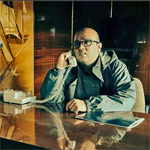 Sanjeev has his hands on the pulse of the food, drink and music scenes in Perth. When he’s not running his nightclub or planning his next move in world domination, Sanjeev is busy scouting out the next big thing before anyone knows it’s the next big thing. He’s seen a lot of the world and is always hunting down the best eats and drinks in the cities that he visits.
Sanjeev has his hands on the pulse of the food, drink and music scenes in Perth. When he’s not running his nightclub or planning his next move in world domination, Sanjeev is busy scouting out the next big thing before anyone knows it’s the next big thing. He’s seen a lot of the world and is always hunting down the best eats and drinks in the cities that he visits.
He separates the good from the bad, the reality from the fluff, and is committed to making sure that you, the reader get the best insider tips on where to eat and drink in Perth and the other cities that he visits.
Amy Woodward (Visual Arts and Creative)
 Amy is a Photographer based in Melbourne who works within the documentary, fine-art and editorial sphere. Photographing intimate, fleeting moments within her own city and the places she travels, she seeks to create considered dialogues amongst the visual noise.
Amy is a Photographer based in Melbourne who works within the documentary, fine-art and editorial sphere. Photographing intimate, fleeting moments within her own city and the places she travels, she seeks to create considered dialogues amongst the visual noise.
Amy’s versatility in the visual arts has lead to varied editorial and commercial projects locally and globally, including involvement with social justice projects in rural Kenya and the outskirts of Nairobi.
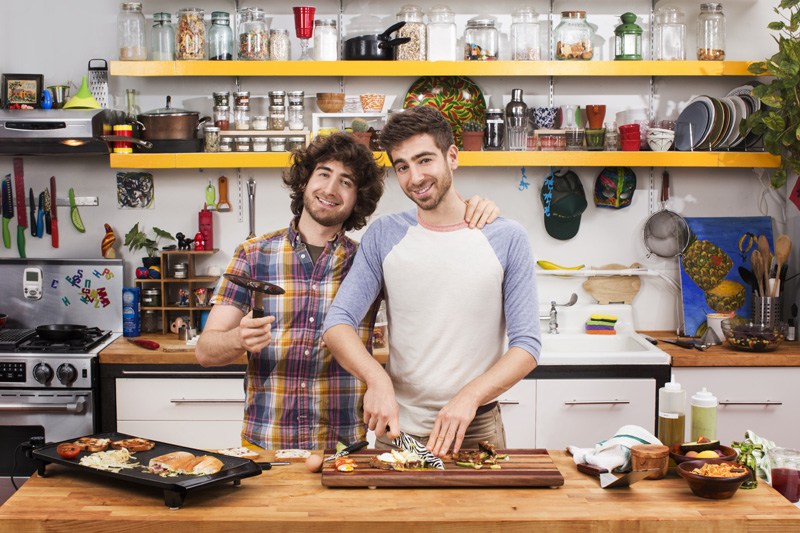


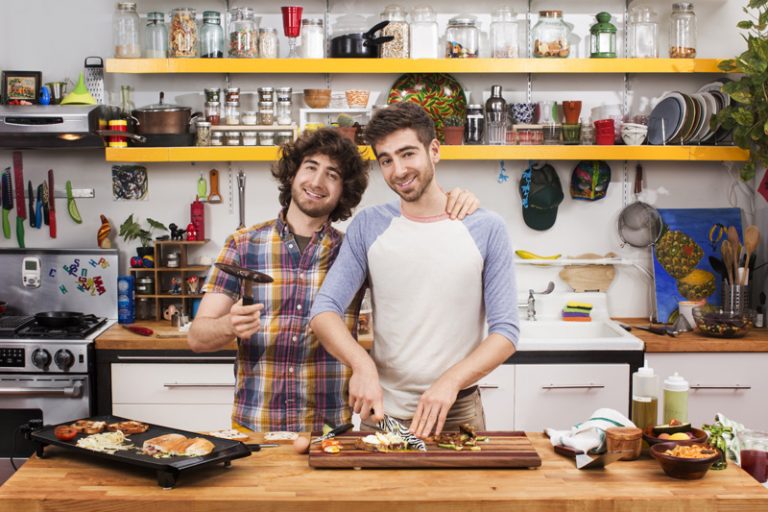
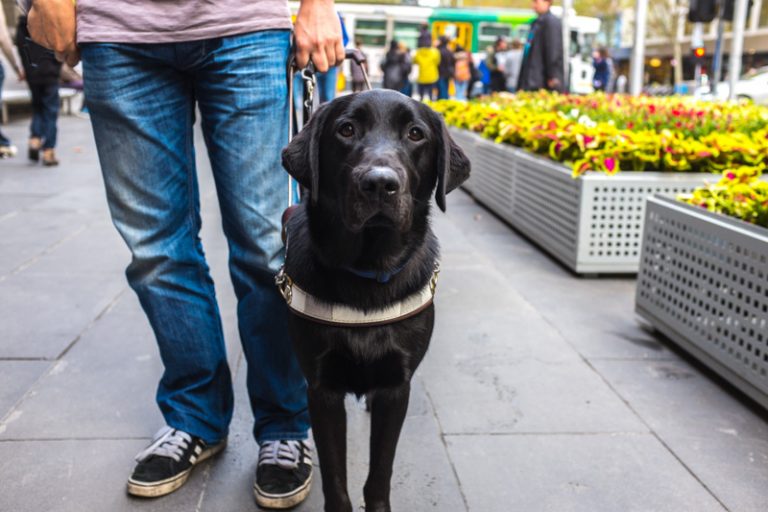
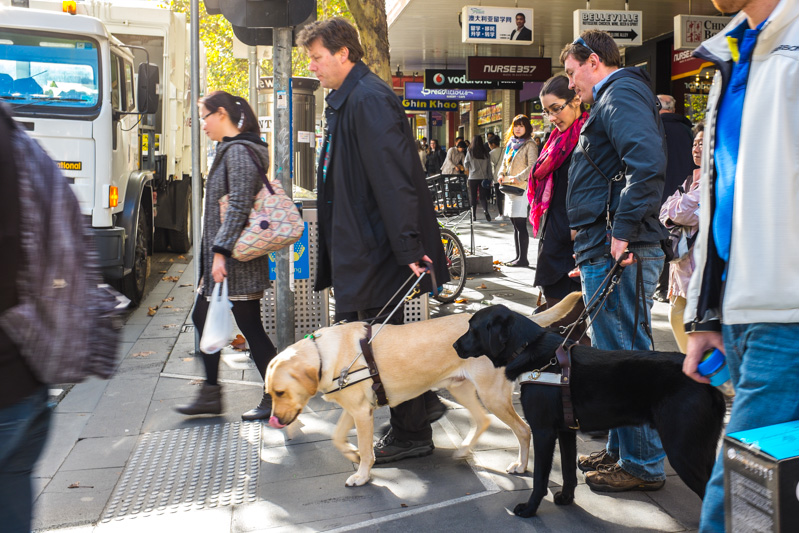
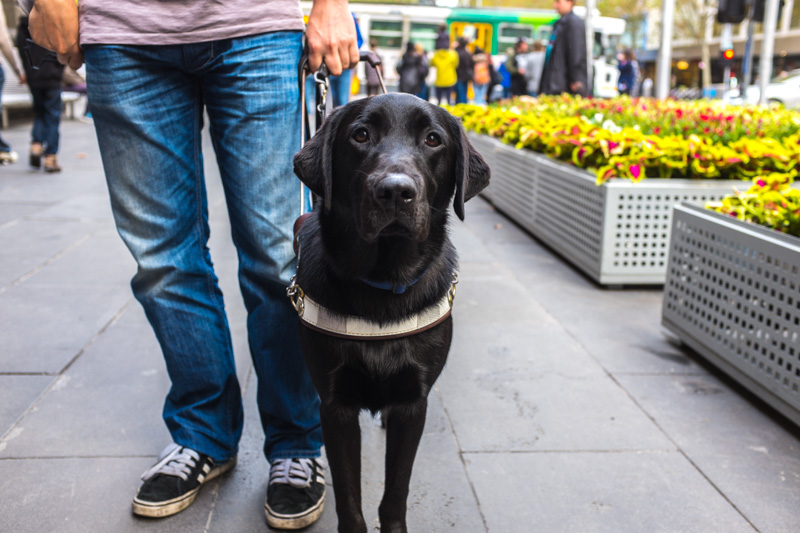
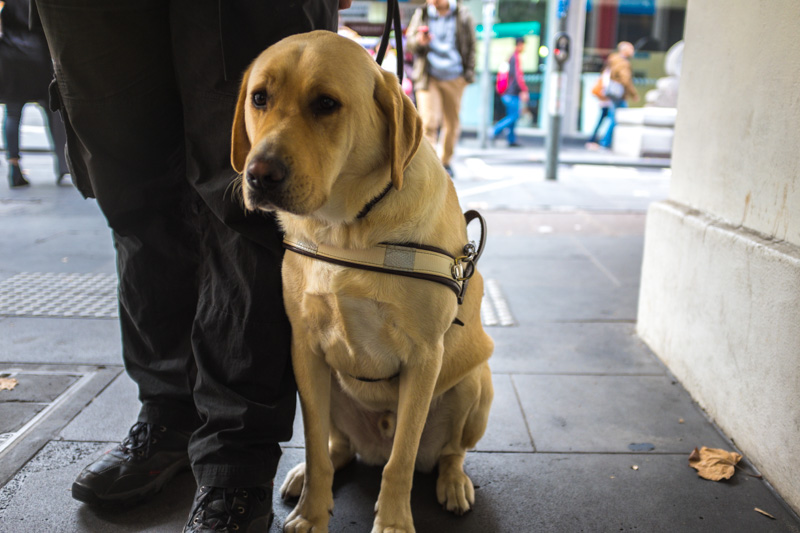
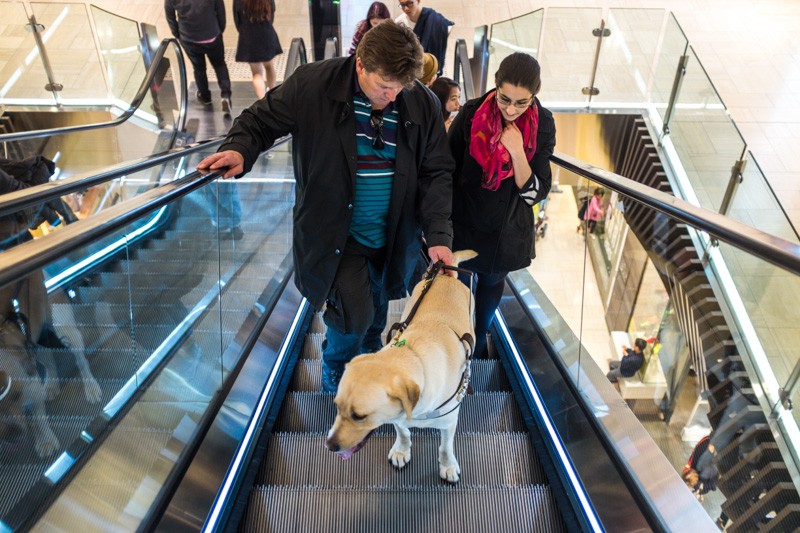
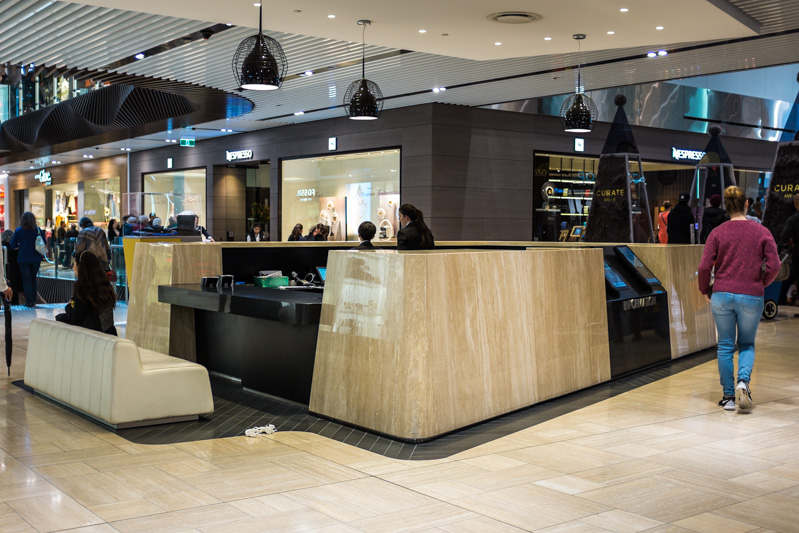
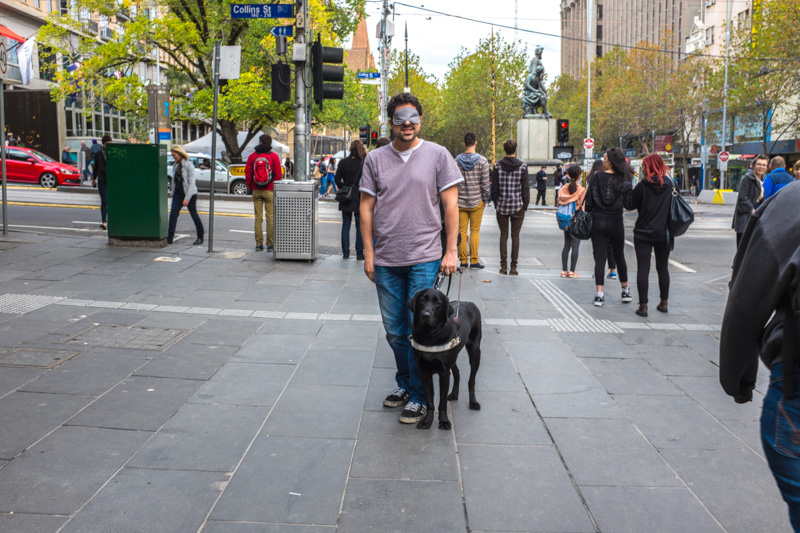
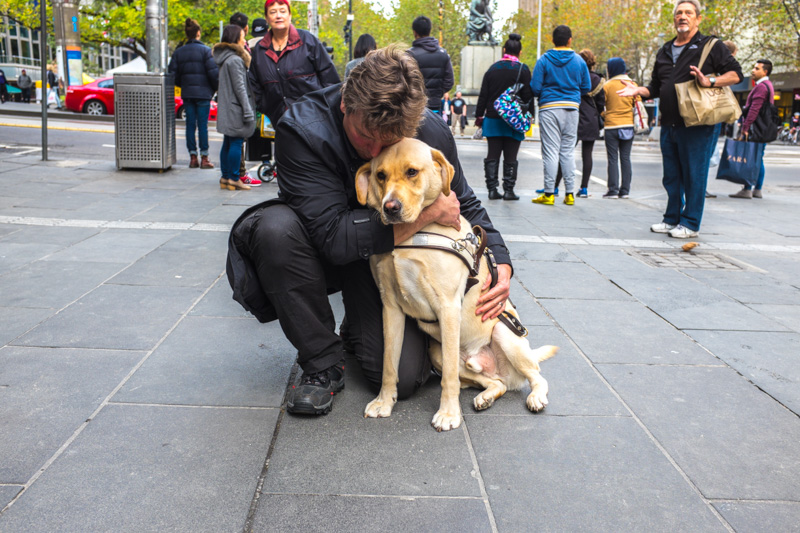
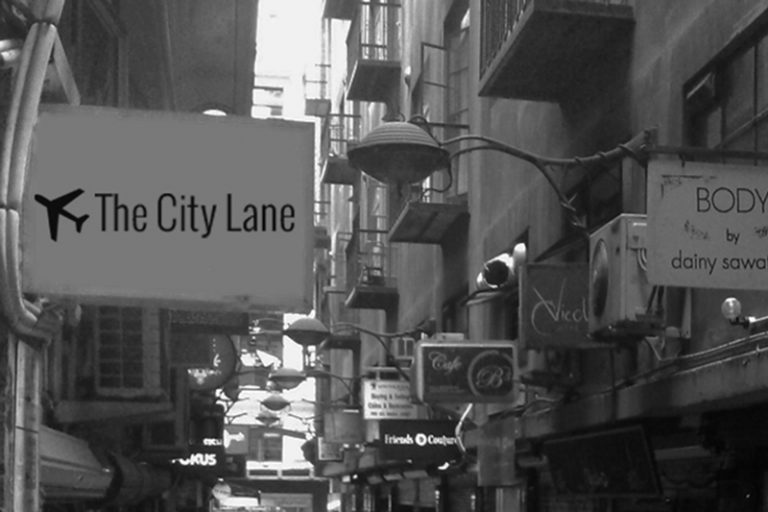

 Lauren has travelled extensively, allowing her to experience different cultures around the world. This has feed her desire to travel and try as many cuisines as possible.
Lauren has travelled extensively, allowing her to experience different cultures around the world. This has feed her desire to travel and try as many cuisines as possible. Chris is an editor, writer, and occasional novelist who in a former life published online magazines for a living while working out of obscure coffee shops. He has travelled extensively and has eaten and enjoyed exotic delights ranging from instant ‘just add water’ potatoes while on a Russian train to snails and Brie from a tiny Montreal kitchen.
Chris is an editor, writer, and occasional novelist who in a former life published online magazines for a living while working out of obscure coffee shops. He has travelled extensively and has eaten and enjoyed exotic delights ranging from instant ‘just add water’ potatoes while on a Russian train to snails and Brie from a tiny Montreal kitchen. Jeff is an actuarial consultant whose almost 15 years in the financial industry have left him deprived of an outlet for his creative side. This said, Jeff’s day job has given him the opportunity to travel abroad regularly where his typically Malaysian “eat anything and everything” mentality means that he structures both his work and leisure time around proximity to new and interesting eating establishments.
Jeff is an actuarial consultant whose almost 15 years in the financial industry have left him deprived of an outlet for his creative side. This said, Jeff’s day job has given him the opportunity to travel abroad regularly where his typically Malaysian “eat anything and everything” mentality means that he structures both his work and leisure time around proximity to new and interesting eating establishments. Royce is a man of many creative talents. He’s a shoemaker by trade and a keen writer, photographer and cook. Royce loves to eat out and is always talking to restaurants and people in the industry to discover what really makes them tick.
Royce is a man of many creative talents. He’s a shoemaker by trade and a keen writer, photographer and cook. Royce loves to eat out and is always talking to restaurants and people in the industry to discover what really makes them tick. Based in Sydney, and with over a decade of hospitality experience, Jean has consulted to some of Australia’s top restaurants across a range of facets of their operations. Her love of food knows no bounds, and when deciding where to plan her next holiday it’s the destination’s restaurants that guide her. In fact, Jean has been known to book restaurants before booking flights.
Based in Sydney, and with over a decade of hospitality experience, Jean has consulted to some of Australia’s top restaurants across a range of facets of their operations. Her love of food knows no bounds, and when deciding where to plan her next holiday it’s the destination’s restaurants that guide her. In fact, Jean has been known to book restaurants before booking flights. Jamie is a disgruntled journalist and writer with a keen wit and even keener interest in all things aesthetically pleasing. He has a music collection large enough that if he wasn’t insane, he might have given up on keeping it organised some time in 2012. He has an uncanny ability to source a range of music from around the world without ever leaving his room and gets his thrills by digging through obscure samples, soundtracks and the latest releases.
Jamie is a disgruntled journalist and writer with a keen wit and even keener interest in all things aesthetically pleasing. He has a music collection large enough that if he wasn’t insane, he might have given up on keeping it organised some time in 2012. He has an uncanny ability to source a range of music from around the world without ever leaving his room and gets his thrills by digging through obscure samples, soundtracks and the latest releases. Sanjeev has his hands on the pulse of the food, drink and music scenes in Perth. When he’s not running his nightclub or planning his next move in world domination, Sanjeev is busy scouting out the next big thing before anyone knows it’s the next big thing. He’s seen a lot of the world and is always hunting down the best eats and drinks in the cities that he visits.
Sanjeev has his hands on the pulse of the food, drink and music scenes in Perth. When he’s not running his nightclub or planning his next move in world domination, Sanjeev is busy scouting out the next big thing before anyone knows it’s the next big thing. He’s seen a lot of the world and is always hunting down the best eats and drinks in the cities that he visits. Amy is a Photographer based in Melbourne who works within the documentary, fine-art and editorial sphere. Photographing intimate, fleeting moments within her own city and the places she travels, she seeks to create considered dialogues amongst the visual noise.
Amy is a Photographer based in Melbourne who works within the documentary, fine-art and editorial sphere. Photographing intimate, fleeting moments within her own city and the places she travels, she seeks to create considered dialogues amongst the visual noise.